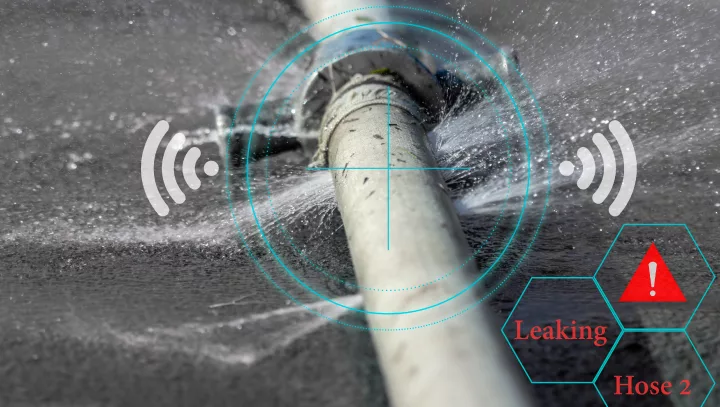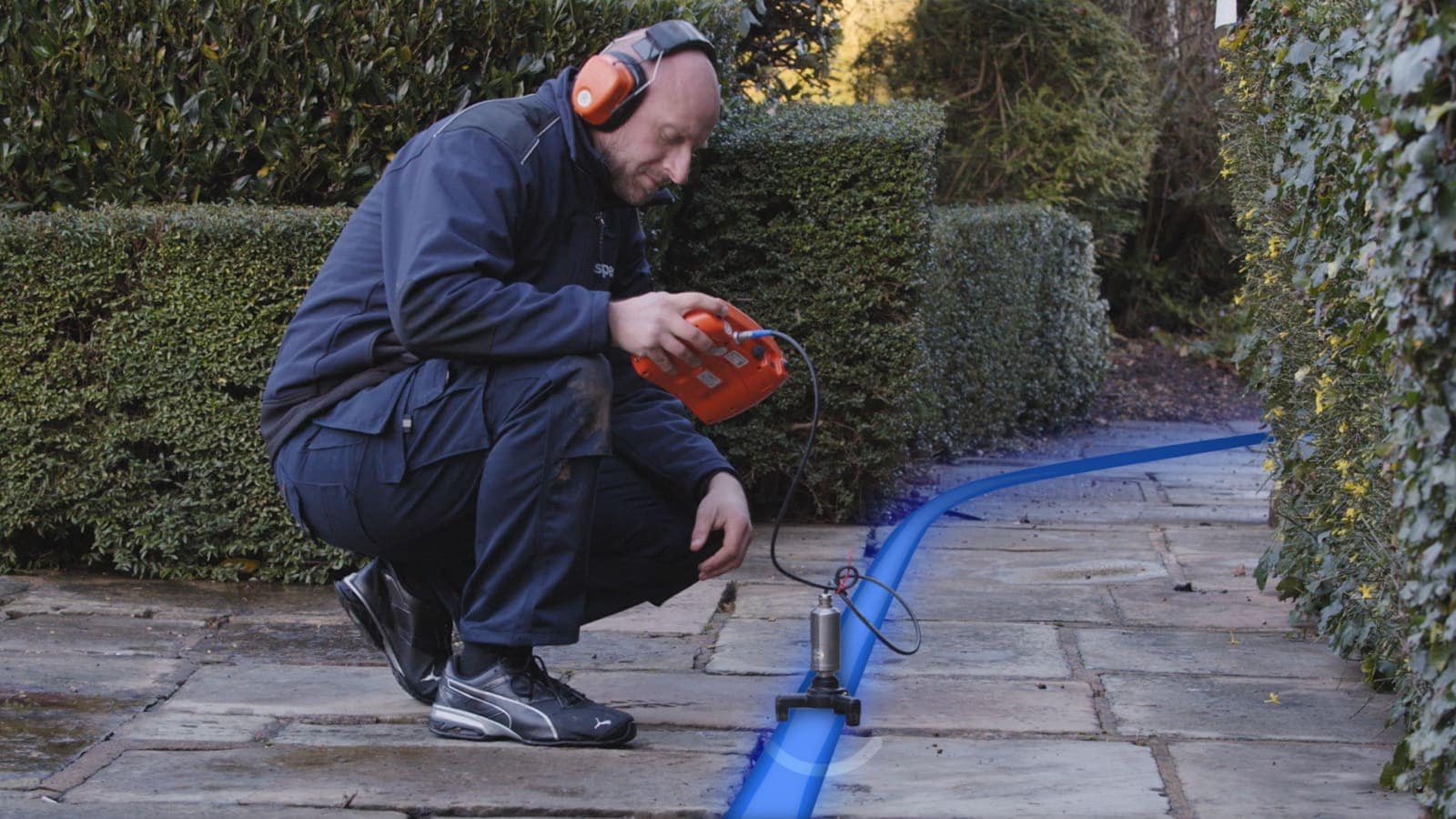Cutting-edge Solutions for Early Discovery of Water Leaks in Structures and Facilities
As the stability of structures and facilities is critical, the obstacle of early discovery of water leaks has actually stimulated innovative solutions that guarantee to revolutionize the way we guard versus prospective problems. From cutting-edge leakage detection modern technologies to the release of IoT sensing units for real-time monitoring, the landscape of leak avoidance is developing swiftly. Artificial intelligence formulas provide a glance into the future of leak forecast, while thermal imaging presents a non-intrusive approach for identifying hidden leaks. Automated water circulation evaluation systems are reshaping exactly how leakages are identified and attended to, paving the method for an aggressive method to water leak discovery. Each of these remedies holds the essential to ensuring the dependability and long life of our constructed environment, motivating a shift towards an extra lasting and efficient future.
Advanced Leak Detection Technologies
Advanced leak detection technologies, geared up with innovative sensors and algorithms, play a critical role in promptly identifying and pinpointing water leakages in numerous setups. These technologies employ a combination of acoustic, thermal, and electromagnetic sensing methods to detect leaks properly. Acoustic sensing units spot the sound of escaping water, allowing for precise localization of the leakage resource. Thermal imaging finds temperature modifications triggered by water leakage, providing an additional efficient technique for leak identification. Electromagnetic sensing units can determine changes in magnetic fields triggered by water, providing yet another layer of leak discovery ability.

IoT Sensors for Real-Time Monitoring
In the realm of contemporary water leakage detection, the combination of IoT sensing units for real-time surveillance represents an essential innovation in enhancing positive leakage discovery capabilities. These sensors use continual monitoring of water systems, supplying real-time information on water flow rates, pressure variants, and temperature level adjustments. By leveraging IoT technology, these sensing units can find also the smallest anomalies in water usage patterns, enabling early recognition of prospective leakages prior to they rise right into major concerns.
IoT sensors transmit data to a centralized platform, where advanced algorithms analyze the information and generate signals or notifications when irregularities are discovered. This real-time tracking ability enables homeowner or facility managers to promptly address leaks, minimizing water damages, lowering fixing prices, and preserving water resources.
Furthermore, IoT sensing units can be incorporated with structure administration systems, enabling automated responses to detected leaks, such as turning off water shutoffs or turning on pumps to alleviate the impact of leaks. On the whole, the execution of IoT sensing units for real-time surveillance dramatically improves the efficiency and performance of water leakage detection in structures and facilities.
Artificial Intelligence Algorithms for Leak Forecast

One key benefit of utilizing artificial intelligence for leak forecast is its ability to continuously find out and boost its accuracy over time. As even more data is collected and fed right into the formula, it can refine its predictions and adapt to transforming conditions, inevitably increasing the reliability of leak the original source detection systems.
In addition, artificial intelligence algorithms can aid in recognizing refined indicators of leaks that might go unnoticed by traditional surveillance techniques. water leak detection. By analyzing complicated data collections in real-time, these algorithms can provide very early warnings and informs, enabling punctual intervention and preventative maintenance to mitigate prospective water damages and connected prices
Utilizing Thermal Imaging for Leakage Detection
Thermal imaging modern technology supplies an encouraging approach for finding water leakages in numerous systems and infrastructures. By making use of infrared radiation and temperature variances, thermal imaging cams can determine covert leaks that are not quickly noticeable to the nude eye.
One of the crucial advantages of thermal imaging for leak detection is its non-intrusive nature. In general, the use of thermal imaging modern technology improves the efficiency and precision of water leakage detection, making it a valuable device for maintaining the honesty of structures and infrastructures.
Automated Water Circulation Evaluation Systems
Just how can automatic water flow evaluation systems change the detection and monitoring of leakages in numerous systems and facilities? Automated water circulation evaluation systems provide a proactive strategy to leak discovery by constantly keeping track of water circulation rates and patterns. By developing baseline information, these systems can swiftly identify inconsistencies that may show a leak, making it possible for timely treatment to avoid considerable damages.
These systems utilize sophisticated formulas to evaluate real-time information and provide instant signals when anomalies are identified, enabling for speedy action to be taken. In addition, automated water flow evaluation systems can be incorporated with building administration systems or IoT systems, improving general effectiveness and making it possible for remote monitoring straight from the source abilities.
Moreover, the information collected by these systems can be utilized for predictive maintenance functions, assisting to determine prospective powerlessness in the framework prior to leakages occur. Generally, the execution of computerized water circulation evaluation systems can dramatically boost leakage detection and management practices, ultimately resulting in cost financial savings, reduced water wastefulness, and raised sustainability in structures and facilities.

Conclusion
To conclude, the combination of innovative leakage detection technologies, IoT sensors, device understanding formulas, thermal imaging, and automated water flow analysis systems provides ingenious options for very early discovery of water leakages in buildings and infrastructure. These technologies allow real-time tracking, prediction of leaks, and effective detection techniques to avoid water damage and wastage. Executing these services can help in maintaining the integrity and sustainability of water systems in various setups.
Comments on “Comprehensive Guide to Water Leak Detection for Home Owners and Businesses”